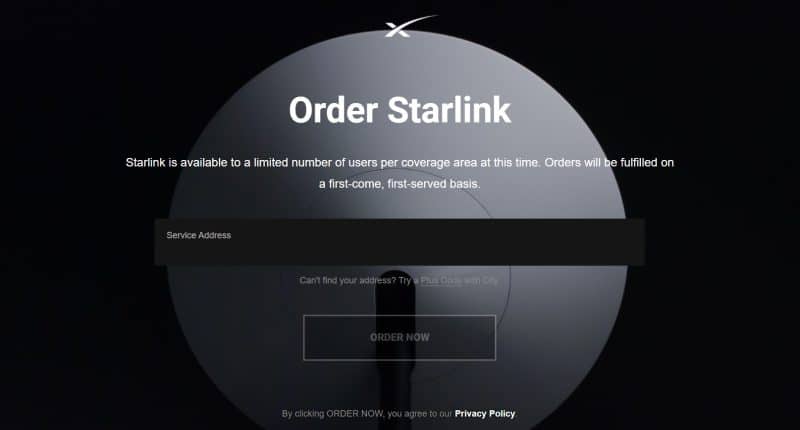Elon Musk is a visionary – he understands the need for high-speed, low-latency internet across the globe, transcending all geographical barriers. His Starlink project aims to do just that as Musk’s space company SpaceX looks to the skies to create a constellation of satellites in orbit. SpaceX has launched more than 1700 Starlink satellites into space already, and on Monday, Musk’s space company announced that it has shipped 100,000 Starlink terminals to customers.
You read that right, Starlink now has 100,000 users, a significant rise from the 90,000 users it had in July. A series of tweets by Musk on Monday implied that Starlink added 10,000 subscribers in just three weeks. Currently, it is serving 14 countries, and license applications are still pending in others and have more than half a million people on its waitlist globally.
This is a significant milestone for Starlink, whose satellites started being shot to space in November 2019 and opened its beta program for select customers (for $99 a month, excluding up-front costs for shipping, taxes, installation, and equipment like roof mounts to hold the terminals in place) around a year later. Apart from the shipped terminals, SpaceX has already received over half a million orders for Starlink.
In modern times, the internet has integrated itself as an indispensable part of our daily life. Sadly, internet services are often erratic or missing in rural or remote areas. Starlink aims to fill the gap with a constellation of satellites clustered in space that communicate with a Starlink terminal back on the planet and provide high-speed, low-latency internet to customers anywhere on the planet. The satellites are launched on SpaceX’s Falcon 9 rocket.
The standard Starlink terminal costs nearly $500 and contains a satellite antenna dish, a stand, a WiFi router, and a power supply. In the future, the Starlink service may be expanded for in-flight internet or on moving trucks and ships.
However, the journey for Starlink is not yet over, and significant obstacles still remain. SpaceX has already warned its beta users that there could be brief periods of no connectivity and varying data speeds from 50Mb/s to 150Mb/s, as well as latency from 20ms to 40ms in most locations over the next several months as it continued to enhance the Starlink system. However, it reassured them that data speed, latency, and uptime would improve significantly as SpaceX launches more satellites, build more ground stations, and improves its networking software.
Without a doubt, the Starlink service is burning a hole in SpaceX’s pockets – in fact, SpaceX President and COO Gwynne Shotwell had predicted in 2018 that the Starlink network would cost about $10 billion or more. The constellation, when completed, is set to include nearly 30, 000 Starlink satellites.
